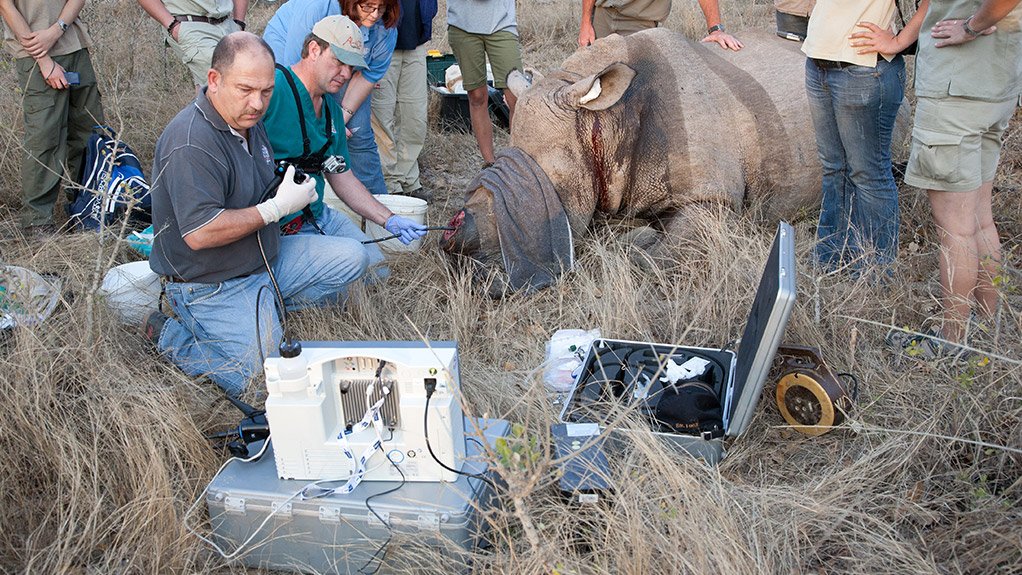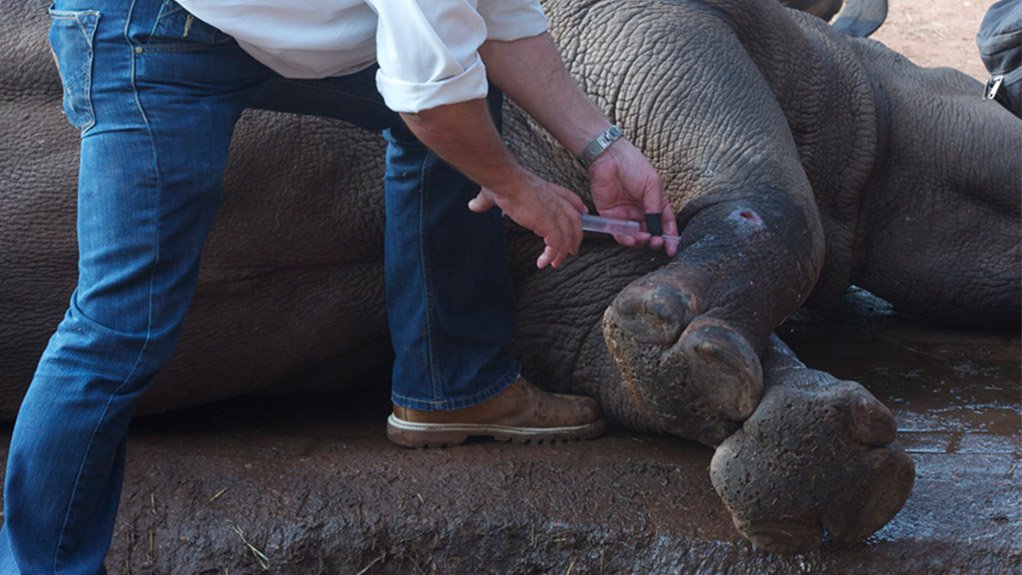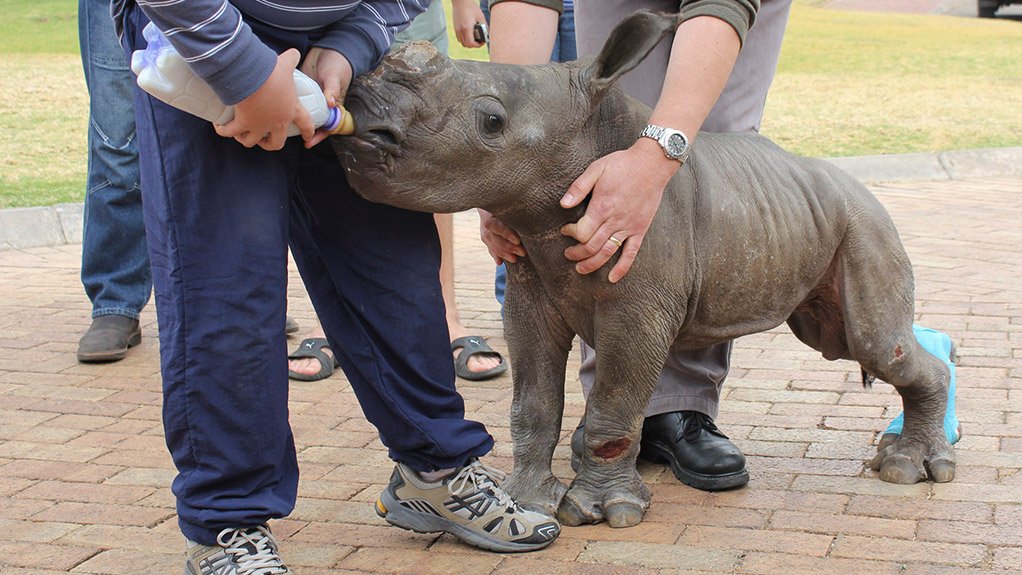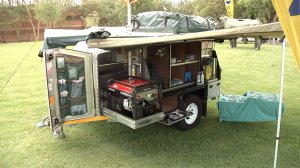Rhino conservation initiative Saving the Survivors has received more than R3-million from Dubai-based air services provider dnata – part of the Emirates Group – to acquire and operate a rhino ambulance.
The ambulance, or rapid response unit, consists of a 4x4 vehicle and 4x4 trailer, equipped with a rooftop tent, generator, surgical instruments, endoscope, as well as ultrasound and X-ray equipment.
Saving the Survivors is based at the University of Pretoria’s Faculty of Veterinary Science, at Onderstepoort. It was formed in 2012, by faculty veterinarians Dr Johan Marais and Dr Gerhard Steenkamp, with the aim of treating the survivors of rhino poaching incidents.
This means, however, that the vets must be able to trek into the bush, with the necessary equipment, to treat the injured animals.
More than 1 000 rhinos in South Africa were killed for their horns last year.
Around one out five rhinos survive a poaching attack, but will most likely die if not treated, says Marais.
Calves are also often orphaned in attacks, developing illnesses such as pneumonia.
“In our fight to save the rhino population, time is of the essence. We can’t wait days to transport equipment one by one to the injured animals,” says Marais.
The Onderstepoort vet in November operated on an one-ton, three-year-old cow which had a fracture in her leg caused by a bullet.
The rhino ambulance will be based at Onderstepoort.
“Most of the time we are called to assist by the vet on site,” explains Marais.
“To date, Saving the Survivors has saved more than 100 rhinos. With this vehicle, we can push up this number. We can get much, much better success rates. Previously we could not really respond to calls in the field efficiently.”
Marais believes the response unit will also offer valuable insight into the anatomy of the rhino. The only real research published on rhinos to date is about their reproductive systems.
“We don’t know the anatomy of the limb, or what the inside of the head looks like. This unit will provide vital information on the anatomy of the rhino.”
Rhinos saved by the response unit will remain in the veld, or in a small boma, if movement has to be limited, until their recovery, says Marais.
“We like to keep them where they are.”
Orphans are sent to one of the many rhino orphanages in the country.
SAVING THE SURVIVORS, A CASE STUDY
Lions Den and Dingle Dell are two White rhino cows which were treated and stabilised by the local veterinarian, after their horns were removed.
Their facial injuries were severe and the vet contacted Steenkamp and Marais to assist.
The surgeons treated the cows for the first time on September 10, 2013, and have since made several return visits.
The rhino have responded well to treatment and are doing well.
These two animals were the first rhinos in the world to receive skin transplants.
Transplants are done after the facial injuries have healed to such an extent that skin grafts may be performed, so that the nose has a chance of being covered by quality skin, as opposed to scar tissue.
EMAIL THIS ARTICLE SAVE THIS ARTICLE
To subscribe email subscriptions@creamermedia.co.za or click here
To advertise email advertising@creamermedia.co.za or click here
















